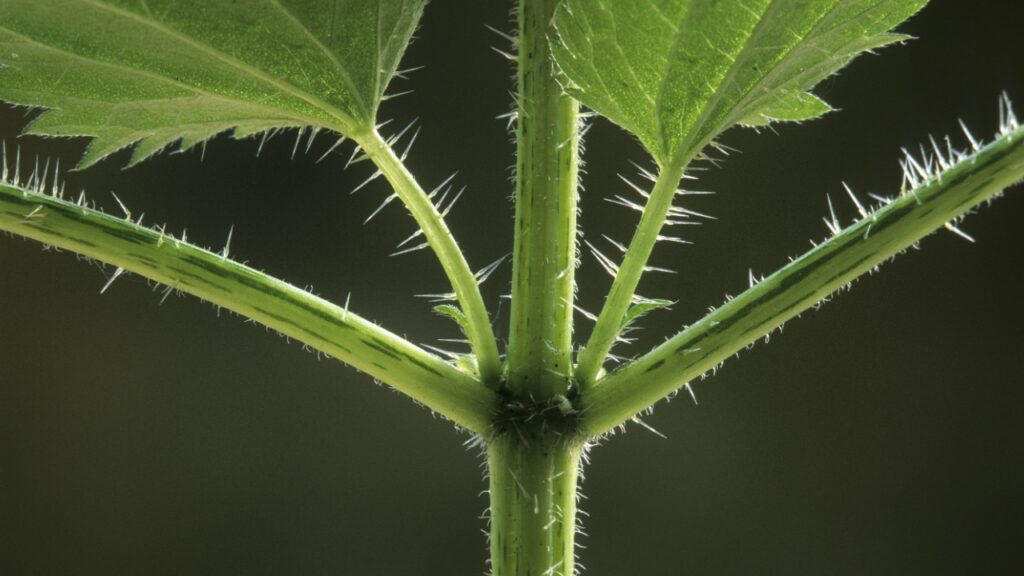Plants might seem defenseless, but they’ve evolved clever ways to protect themselves from harm. From chemical warfare to physical armor, these green survivors have tricks up their leaves that would make any action hero jealous. Let’s explore some of the amazing defenses plants use to stay alive in a world full of hungry animals and harmful microbes.
Thorns and Spines

Many plants use sharp thorns or spines to keep animals from eating them. Roses, cacti, and holly are well-known examples. These pointy defenses can pierce skin or mucous membranes, making animals think twice before taking a bite. Some thorns even have poison tips for extra protection.
Chemical Warfare
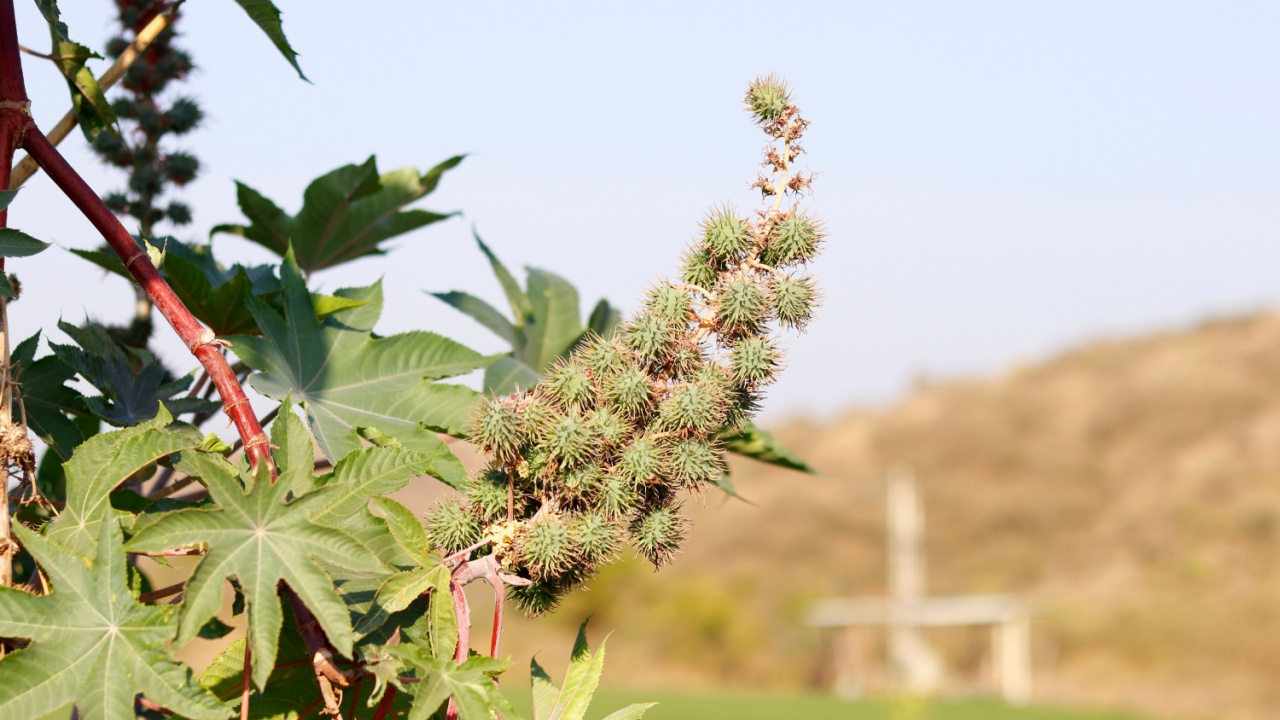
Plants produce a wide range of chemicals to defend themselves. Some of these chemicals taste bitter or cause stomach upset when eaten. Others can be downright toxic. For example, the castor oil plant makes ricin, one of the most poisonous substances known. Many of our medicines come from plant defense chemicals.
Camouflage
Some plants hide in plain sight by looking like something else. The lithops or “living stone” plant blends in with rocks in its desert home. This makes it hard for animals to spot and eat it. Other plants mimic the appearance of dangerous animals or plants to scare off predators.
Mimicry
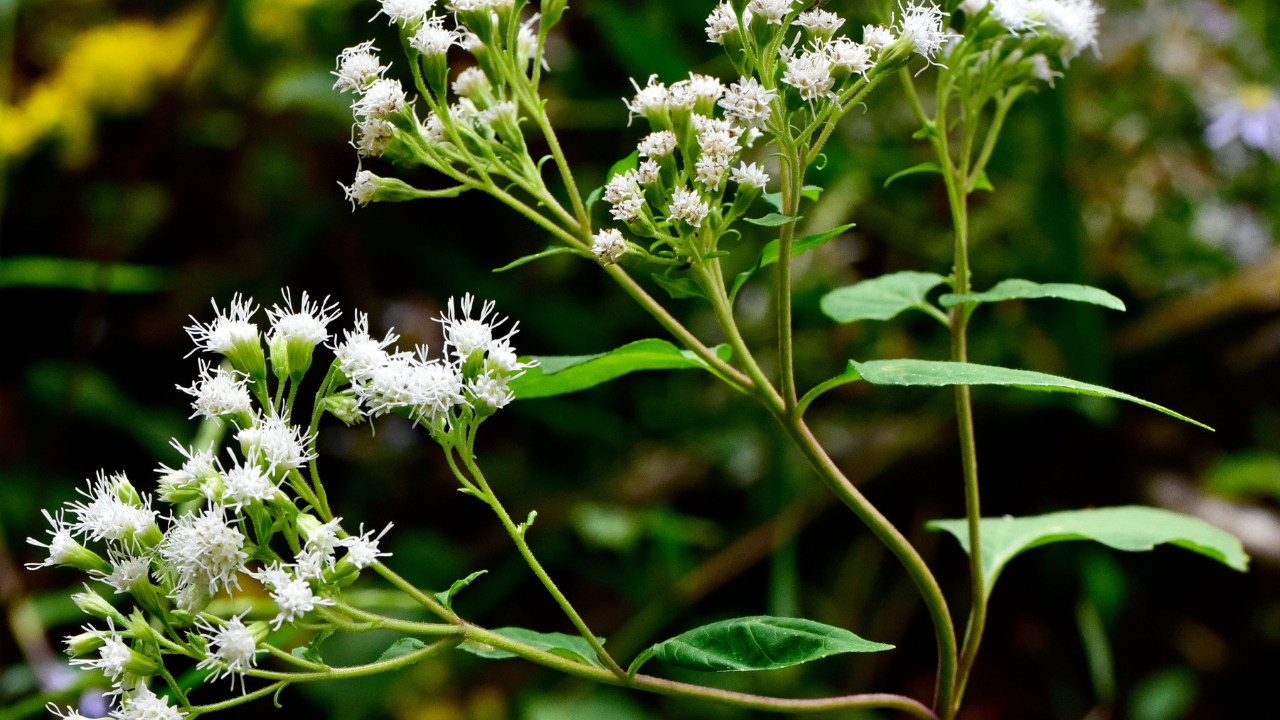
Certain plants trick animals by looking like other plants that are poisonous or hard to eat. The isn’t toxic, but it looks a lot like poison ivy. Animals that have learned to avoid poison ivy will leave the snake-root alone too. This clever disguise helps the plant survive without wasting energy on real defenses.
Sticky Traps
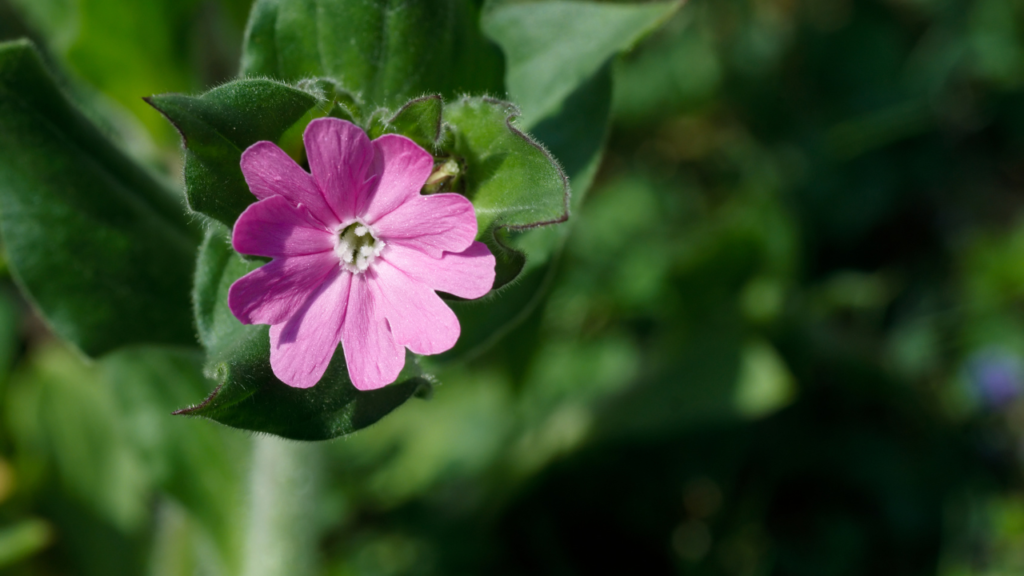
Some plants use sticky substances to protect themselves. The catchfly plant has gluey stems that trap small insects. This keeps the bugs from climbing up to eat the plant’s flowers or leaves. Other plants use sticky resins to gum up the mouthparts of insects that try to chew on them.
Armor Plating
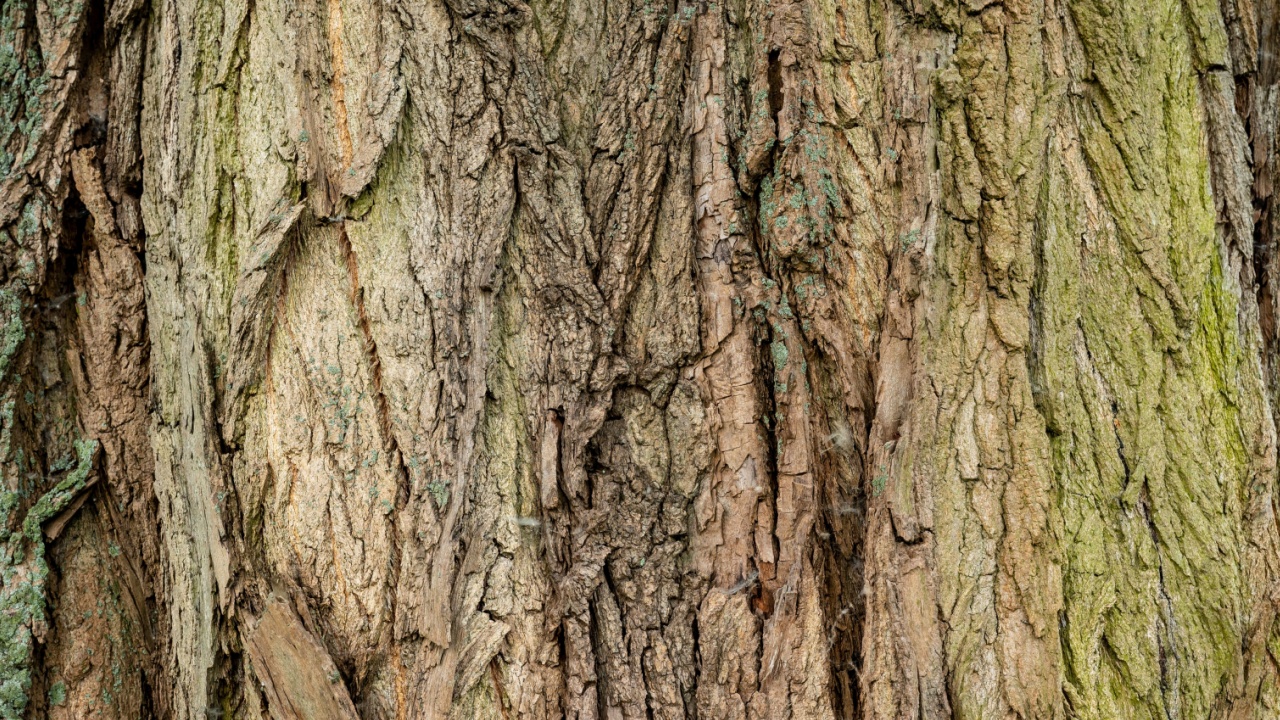
Many plants have tough outer layers to protect their vulnerable insides. The bark on trees is a good example. It’s hard for insects and animals to chew through, and it helps protect the tree from damage. Some plants, like pineapples, have thick, leathery leaves that are hard to bite through.
Hair and Fuzz
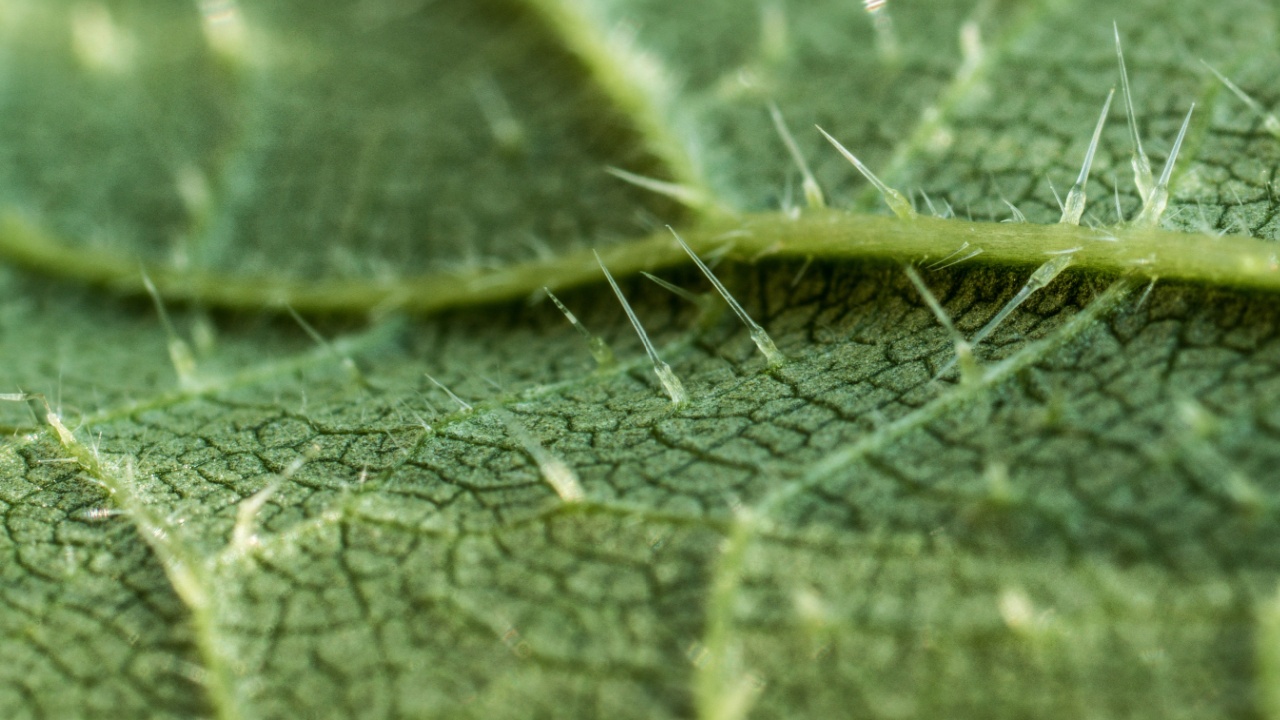
Tiny hairs on leaves and stems can be a big problem for small insects. These hairs make it hard for bugs to walk on the plant or lay their eggs. Some plant hairs are sharp and can irritate skin. The stinging nettle has hollow hairs filled with irritating chemicals that cause a burning sensation when touched.
Chemical Alarms
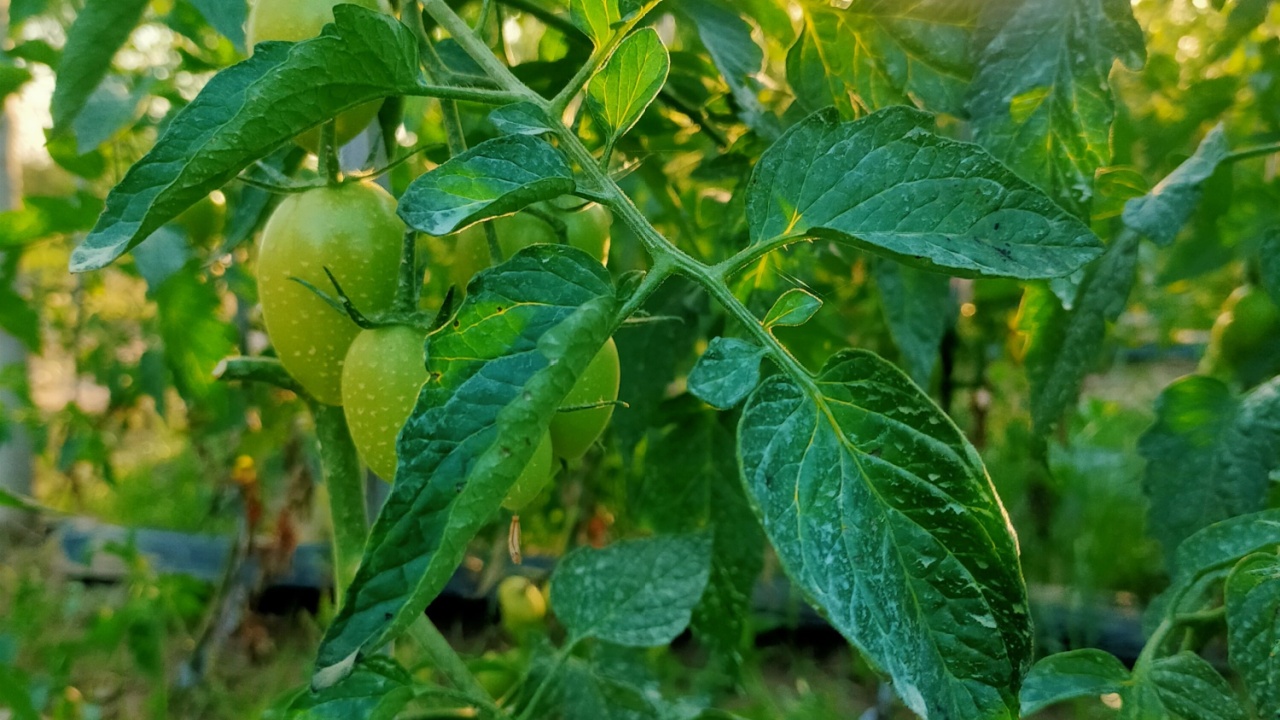
When some plants are attacked, they release chemicals into the air. These chemicals warn nearby plants of danger. The warned plants then start producing defensive chemicals before they’re attacked. This early warning system helps plants prepare for trouble before it reaches them.
Ant Armies

Some plants team up with ants for protection. They provide the ants with food or shelter, and in return, the ants attack anything that tries to eat the plant. Acacia trees in Africa have hollow thorns where ants live. If an animal tries to eat the tree, the ants swarm out to defend their home.
Pressure Bombs
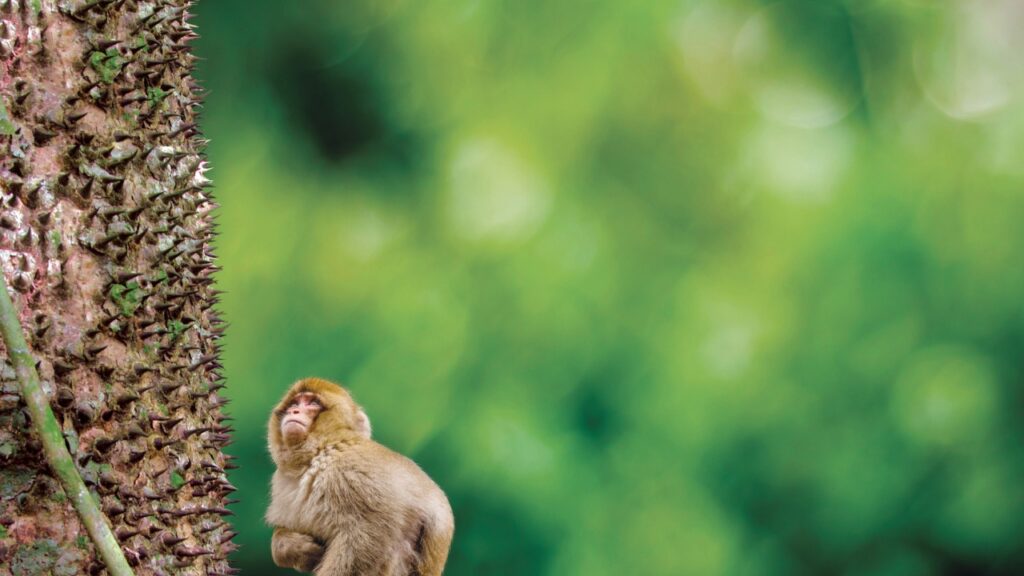
The sandbox tree has exploding fruit pods. When ripe, these pods burst with a loud bang, flinging seeds up to 100 meters away. This not only spreads the tree’s seeds but can startle animals that might be thinking about eating the tree. The sharp fragments can also hurt animals that get too close.
Slippery Surfaces
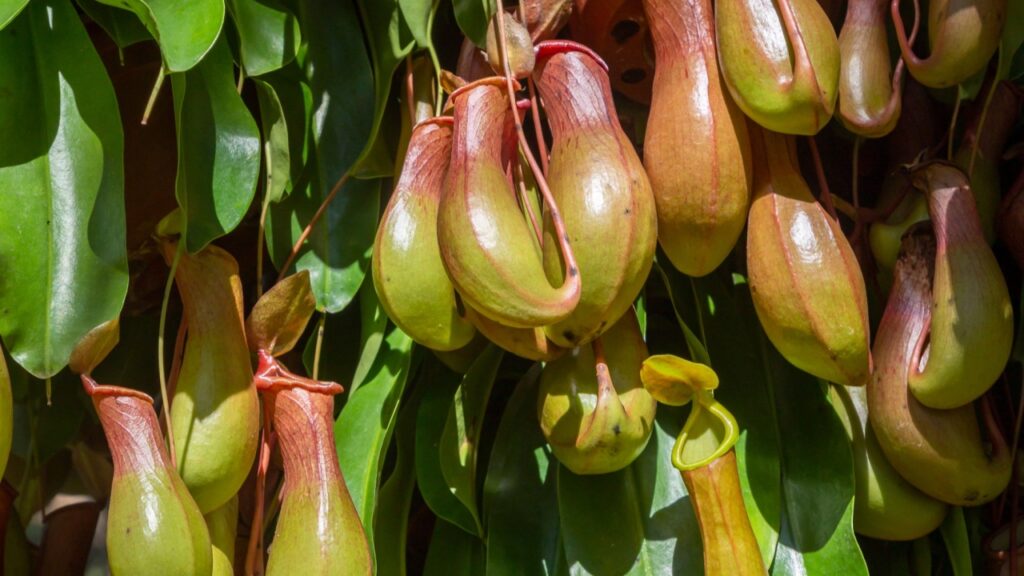
Some plants have very smooth or waxy surfaces that make it hard for insects to walk on them. The pitcher plant has a slippery rim around its trap. Insects that land there slide down into the plant’s digestive juices. This defense doubles as a way for the plant to get nutrients in poor soil.
Fake Eggs

The passionfruit vine has spots on its leaves that look like butterfly eggs. Many butterflies won’t lay their eggs where other eggs already are. This tricks the butterflies into leaving the plant alone, protecting it from caterpillars that would eat its leaves.
Time-Release Poison

When some plants are eaten, they release cyanide. The leaves of cherry trees do this. The poison is stored in a harmless form, but when the leaf is crushed or chewed, it turns into cyanide. This clever defense means the plant isn’t constantly full of poison, which could harm it too.
Sacrificial Parts
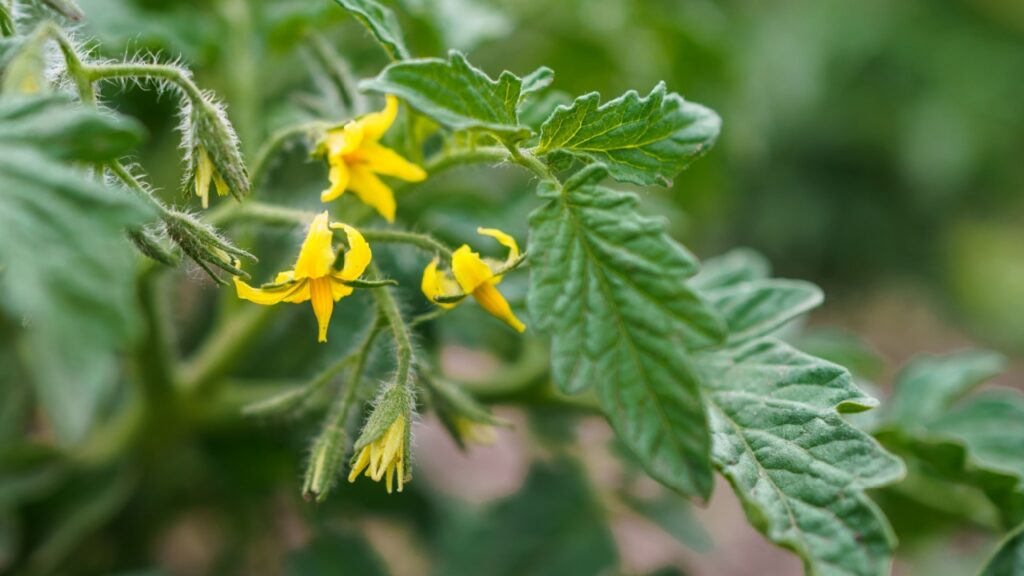
Some plants will drop parts of themselves to survive. If attacked by insects, a tomato plant can drop the leaf that’s being eaten. This saves the rest of the plant and gets rid of the attacker. Other plants drop fruits or branches when stressed, saving energy for essential parts.
Becky is a fervent wildlife enthusiast and pet care expert with a diploma in canine nutrition. Her love for animals stretches beyond the domestic, embracing the wild tapestry of global fauna. With over a decade of experience in animal welfare, Becky lends her expertise to OutlandishOwl through insightful articles, captivating wildlife information, and invaluable guidance on pet nutrition. Her work embodies a deep commitment to understanding the intricate lives of animals and a passion for educating others on sustaining natural habitats. Becky's hands-on conservation efforts and her knack for translating complex dietary science into practical pet feeding tips make her an indispensable voice for creatures great and small.

